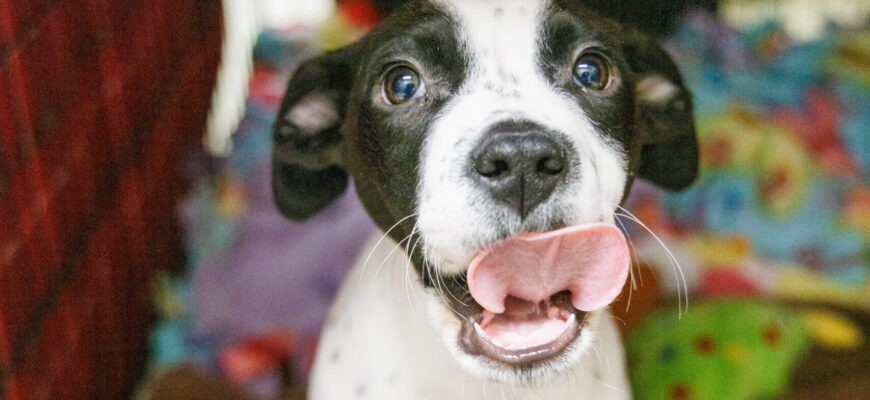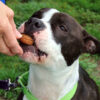Performing preference tests with your dog can help you learn a little more about what sorts of treats are highest value to them. Knowing the value of treats can help you when creating training plans and managing arousal and excitability. Being thoughtful with our treats can lead to increased clarity for our dogs and better training outcomes.
How to conduct a taste test with your dog
- You’ll want several small dishes and a variety of treats (use small portions to prevent an upset stomach).
- Place a small number of treats in each bowl and place the bowls close to each other on the ground. Allow your dog to approach the bowls and observe the order in which they sniff and eat the food.
- It can be helpful to record your session so that you can review it for finer details, and it can also be helpful to keep notes in a notebook or notes app. Take note of which foods they gravitate towards and finish first, which they come back to repeatedly, and which they skip over when smelling.
- Try doing multiple preference tests over time to see if you notice consistencies in which treats they gravitate towards. You may start to notice patterns of specific proteins that they like or preferences for certain forms or textures of treats (like moist jerky vs. freeze dried treats). Be sure to keep your notes updated any time you perform another test.
After a few preference tests, you should have enough data to determine your dog’s favorite treats! It can be good to reserve the really high-value treats for particularly important skills, like practicing recall, but knowing what treats fall in the low- and moderate-value categories can be beneficial, too, especially for managing dogs who get highly aroused around food. They can also be used to teach skills where the dog needs to remain calm, like cooperative care and handling skills.








